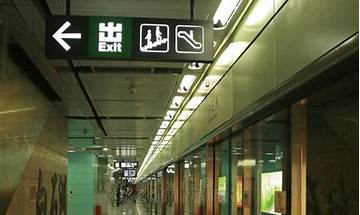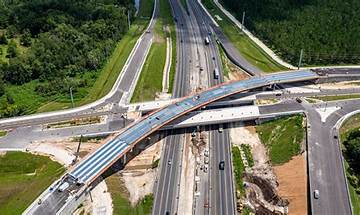Why did Typhoon Kanu suddenly turn? Read one article

At 14 o'clock today, the center of Typhoon Kanu No.6 (strong typhoon level) is located on the ocean surface about 540 kilometers south-east of Yuhuan City, Zhejiang Province. It is expected that it will move to the north-west direction at a speed of 10-15 kilometers per hour, with little change in intensity, and it will approach the coastal area from central Zhejiang to northern Fujian. From the night of the 3rd to the morning of the 4th, it will turn to the northeast in the offshore of southern Zhejiang and move towards the ocean surface of southern Japan, and its intensity will gradually weaken.
Influenced by Kanu, there will be 6-8 winds and 9-10 gusts in bashi channel, the east of Taiwan Province, the East China Sea and the waters near Diaoyu Island, the Yangtze River estuary, Hangzhou Bay, Zhejiang coast, the northern coast of Fujian and the northern coast of Taiwan Province Island from today to tomorrow. Among them, the winds in the East China Sea and the waters near Diaoyu Island can reach 9-12 and the gusts are 13-14. Near the center of Kanu,
There is heavy rain in the northern part of Taiwan Province Island. The Central Meteorological Observatory continued to issue typhoon blue warning and gale yellow warning today.
After experiencing the wind and rain impact of Typhoon No.5 "Du Surui" and its residual circulation on parts of East China, North China, Huanghuai and other places, Typhoon No.6 "Kanu" gradually approached the coastal areas of Zhejiang and Fujian in China after its formation, and at the same time, its track forecast has been greatly adjusted over time, which has attracted wide attention. Let's learn about the past and future of "Kanu".
Since the generation of Typhoon Kanu on the 6th this year, the subtropical high on the north side of it is relatively stable, so it has been guided by the subtropical high to move to the north-west direction, with the goal of landing directly along the coast of Zhejiang and Fujian (see the figure below). However, the latest path forecast of Kanu shows that it will turn to the northeast around August 4 and go far into the Pacific Ocean, which is quite different from the original forecast conclusion. Why?
We know that subtropical high and typhoon are a pair of tell it to the judge. As the main guiding factors of typhoon movement, the position and shape of subtropical high largely dominate the trend of typhoon. When the typhoon is on the south side of the strong subtropical high, it will March steadily to the west or northwest along the edge of the subtropical high like a good boy (see the schematic diagram below), and at the same time, the subtropical high will continuously transport water vapor and energy to the obedient typhoon to raise it bigger and stronger.
However, the relationship between the subtropical high and the typhoon is not static. When the subtropical high changes due to the influence of other weather systems, or when the typhoon reaches its peak, the relationship between them may change. The sudden change of the typhoon "Kanu" forecast track in the later period is precisely due to the consideration of the above two factors.
In the future, due to the eastward movement of the upper trough, the intensity and shape of the northern subtropical high of Kanu will change. At present, the forecast shows that the subtropical high on the north side of Kanu is likely to weaken and break during the day from the night of the 3rd to the 4th (see the schematic diagram below).
At that time, "Kanu" was unwilling to be a good boy again, but began to stir. Due to the weakening of steering flow, the moving speed of Kanu will slow down or stagnate after that, and then it will gradually turn to the northeast under the guidance of the subtropical high in the south and the southwest monsoon (see the figure below).
As for whether "Kanu" will change in the later period and land directly on the coast of Zhejiang and Fujian, the current forecast conclusion shows that this possibility is decreasing, but in the future, "Kanu" will be about 200 kilometers away from the coast of Zhejiang and Fujian, so it is necessary to pay close attention to the wind and rain impact on East China when it is near the coast, and ask the public in relevant areas to take precautions.
Source | Beijing Daily
Editor | Li Geli
Editor: Li Geli
Source: Beijing Daily
Declaration: All article resources on this website, unless otherwise specified or labeled, are collected from online resources. If the content on this website infringes on the legitimate rights and interests of the original author, you can contact this website to delete it.






